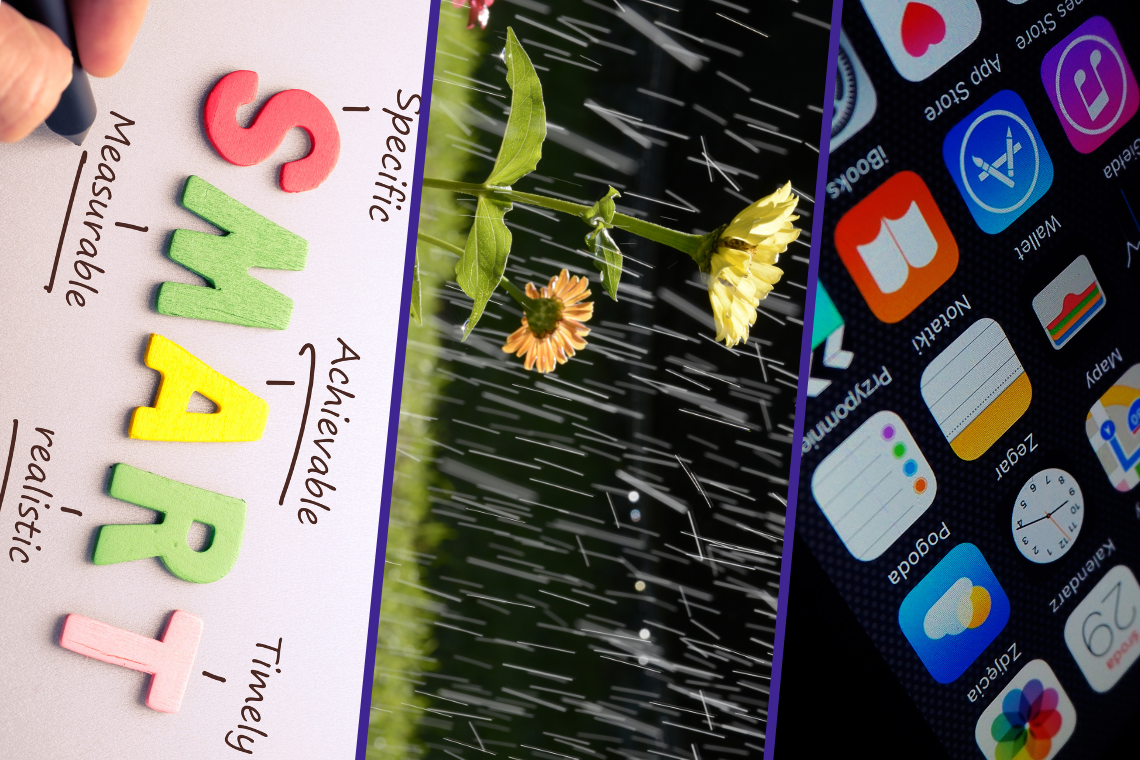Your Guide to Running in the Rain

Jason Froehlich
Last Updated: April 25, 2023
Uncover top advice on mastering rainy runs, vital equipment, safety measures, and the inspiration needed to excel in damp running conditions.

Table of Contents
Introduction
Splashing through puddles, feeling the raindrops on your skin, and embracing the invigorating freshness of wet weather—running in the rain can be a truly magical experience. Instead of letting a little drizzle dampen your spirits, gear up and prepare for an adventure that will leave you feeling more alive than ever. So, grab your wet weather gear, a can-do attitude, and join me as we dive into the delightful and refreshing world of running in the rain.

First Things First
Being prepared for various weather conditions will be crucial for your run, as it ensures not only comfort but also safety during your workouts. Whether facing a sunny day, an unexpected downpour, or a sudden cold snap, being ready for these changes can make or break your run. Adapting your gear, clothing, and running techniques to different weather conditions not only helps you maintain your performance but also prevents potential injuries and health issues. By being proactive and versatile in your approach, you can turn each run into a unique and enjoyable experience that contributes to your overall growth as a runner.

7 Powerful Benefits You Get From Running in the Rain
Essential Gear for Wet Weather Running
Grippy running shoes:
Investing in a pair with good traction is crucial for running in the rain. If you run trails in the rain, find a good grippy shoe - slipping is no joke. Consider also a shoe designed with water-resistant materials and often feature a breathable membrane that keeps your feet dry while allowing for proper ventilation.
Moisture-wicking apparel:
Wearing moisture-wicking clothing made from technical fabrics is essential for rainy day runs. These materials help wick sweat and moisture away from your skin, keeping you dry and comfortable throughout your workout. Avoid cotton clothing, which tends to absorb moisture, becoming heavy and uncomfortable when wet.
Waterproof jacket or poncho:
A lightweight, waterproof jacket or poncho is indispensable for rainy day runs. It provides an outer layer of protection against the rain, keeping you dry and comfortable during your run. Look for jackets with breathable materials and ventilation features to prevent overheating and ensure optimal comfort.
Hats or visors:
A hat or visor is a simple yet effective piece of gear for rainy runs. Wearing one keeps the rain off your face and out of your eyes, allowing you to maintain better visibility and focus on your run. You can also consider running without this essential piece of gear. I don’t wear a hat or visor.
Headlamps or reflective gear:
Running in the rain often means dealing with low visibility, making it essential to wear a headlamp or reflective gear to ensure safety. A headlamp illuminates your path and helps you spot potential hazards, while reflective clothing or accessories make you more visible to vehicles and other runners. Prioritize visibility to minimize the risk of accidents during your rainy runs.
Dress in layers:
Depending on the weather, will depend if you need more than one layer. Nevertheless, it is a good practice to put on an extra layer to two, which you can always be removed during your run to stay warm but not overheated.
Carry extra socks:
This may sound simple, but the benefits are amazing. If your run is going to be a long journey, I suggest having a second pair of socks to change into to refresh your feet. This can help prevent blisters or any other serious foot problems that may develop during the long run.

Tips To Protect Your Electronics When Running in the Rain
6 Ways to Make Running in the Rain Fun
Embrace your inner child:
Channel your inner child and splash through puddles, allowing yourself to fully experience and enjoy the wet weather. Letting go of any inhibitions and embracing the rain can make your run feel more like playtime than a workout - just remember to be safe while you embrace the inner child.
Set fun challenges or mini-goals:
Create small, achievable goals or challenges for yourself during your rainy run, such as completing a certain distance, finding a specific landmark, or maintaining a steady pace. These mini-goals can keep you motivated and focused, turning your run into an engaging and enjoyable game.
Run in a scenic location:
Choose a picturesque location for your rainy run, such as a park, beach, or waterfront path. The beauty of your surroundings can make your run feel more enjoyable and give you a greater appreciation for the rain and its effects on the landscape.
Capture the experience through photos or videos:
Document your rainy run by taking pictures or recording videos. Capturing the unique and sometimes dramatic sights of running in the rain can help you remember and appreciate the experience and inspire others to embrace rainy runs.
Share your rainy run stories:
Now that you took some pics and vids, connect with fellow runners on social media or online forums and share your rainy run experiences, photos, and tips. This sense of community and shared experience can make running in the rain more enjoyable and inspire you to continue embracing wet conditions.
Reward yourself after the run:
Plan a special treat or reward for yourself after completing your rainy run, such as a warm bath, a favorite meal, or a relaxing activity. Knowing you have a reward waiting for you can make the run more enjoyable and motivate you to push through the wet conditions.
Running Techniques for Rainy Conditions
What Should You Worry About?
How To Stay Motivated During Rainy Runs

Post-Care Run and Recovery Tips
After a rainy run, it's important to properly dry and care for your gear to extend its lifespan and maintain its effectiveness. Remove insoles from your shoes and stuff them with newspaper to absorb moisture, then allow them to air dry. Hang your wet clothing and accessories in a well-ventilated area to dry completely before storing them away.
Post-run, change into dry clothes as soon as possible to prevent getting chilled. A warm shower or bath can help raise your body temperature and soothe tired muscles. Additionally, consider enjoying a hot beverage and a nutritious meal to replenish your energy and further warm you up.
Stretching after a rainy run can help prevent injury and aid in recovery. Focus on dynamic stretches that target your major muscle groups, paying special attention to your calves, hamstrings, and hip flexors. Foam rolling or using a massage tool can also help relieve muscle tension and promote recovery.
After running in the rain, pay close attention to your body for any signs of injury or illness. If you notice any unusual pain, discomfort, or symptoms such as fever, chills, or persistent cough, consult a healthcare professional or your physician.
Summary
Embrace the benefits of wet weather workouts, such as building mental resilience, improved focus, and varied training stimuli. Invest in the right gear, including grippy shoes, moisture-wicking apparel, waterproof jackets, hats, and reflective gear, to ensure comfort and safety during your runs.
Adapt your running techniques for rainy conditions, such as adjusting your stride, maintaining balance, and navigating puddles. Stay motivated by setting personal goals, embracing the elements, and utilizing running apps or playlists. Pay attention to post-run care and recovery, including drying and caring for your gear, warming up, stretching, and monitoring for signs of injury or illness. By following these tips, you'll be well-prepared to excel in damp running conditions and enjoy the refreshing challenge of running in the rain.

Run Your Best Life: How Running Can Transform Your Mental & Physical Well-Being
This new guide is for the seasoned road warrior, adventurous trail runner, or complete beginner looking to experience the transformative power of running. It delves deep into building physical strength, boosting mental resilience, and fostering a sense of achievement. Unlock your best self and embrace a happier, healthier, and more fulfilling life. Get your copy today!
RunrzPath
No Road Too Long, No Trail Too Tough: Your Running Blog for All Terrains!
Runspiration Station
YouTube Channel
Runrz Instagram Workouts
Expert Q&A Sessions
Runrz Playlists
Runner's Spotlight
Don't Miss Any of This
Personalized Training
Pace Calculator & Conversion Tool
Stretching & Warm Up Guides
Podcast & Book Recommendations
Strength Training for Runners
Get in Touch
Login
Email Us
Coaching
Join Our Community
Copyright © 2023-Present JJF Holding LLC RunrzPath. All Right Reserved. Privacy Policy | Legal Information